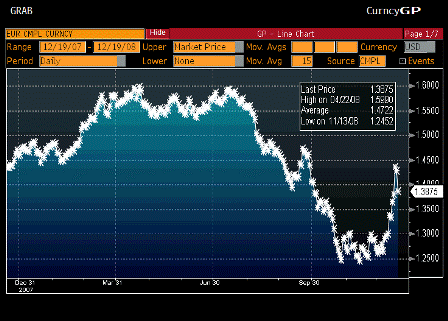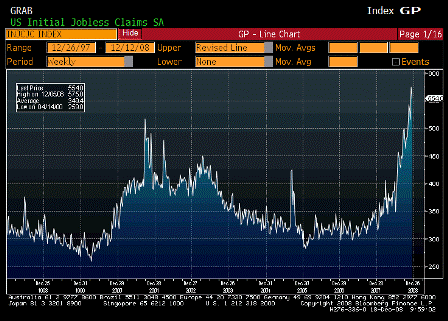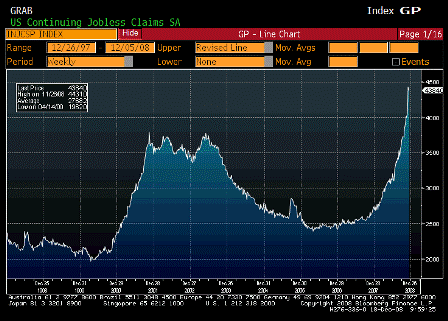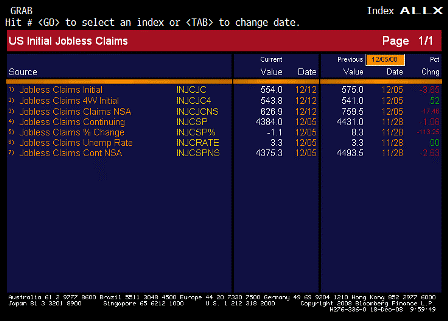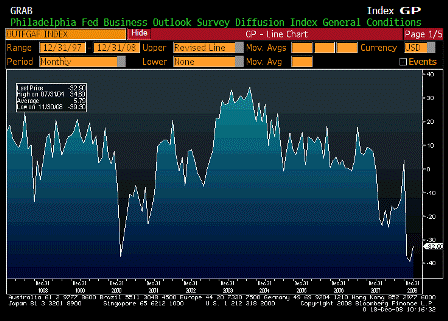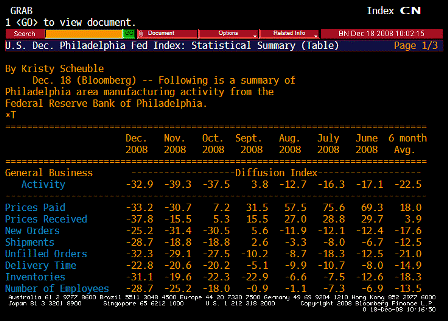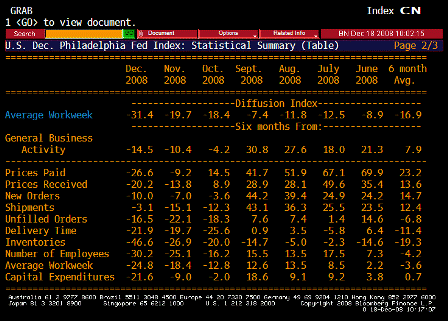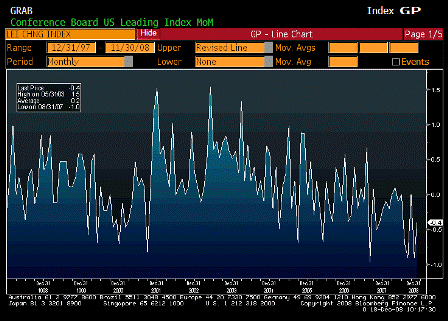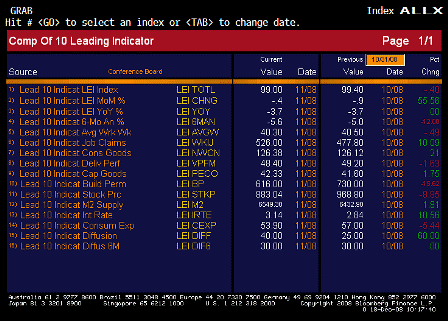Hi Jason,
I have proposed giving states $300 billion in revenue sharing funds on a per capita basis, rather than responding to specific projects and needs.
That way each state is accountable to it’s own voters for how it spends the Federal funds.
What I would not recommend is having the states compete for Federal funds based on specific projects, which puts the accountability on the federal side.
I would also not let this allocation interfere with any other Federal priorities, such as funding an energy policy.
Thanks,
Warren
States Would Get Free Hand in Stimulus Plan to Speed Spending
by Lorraine Woellert and Angela Greiling Keane
Dec. 17 (Bloomberg) — The economic stimulus package headed to Congress in January would let states and localities, rather than the federal government, decide how to spend the bulk of the money, lawmakers and lobbyists say.
The stimulus measure being worked out by aides to President- elect Barack Obama and congressional staff members calls for much of the cash to be pumped into existing transportation and energy programs without federal directives on how to spend the money.
Advocates of the approach say it would speed congressional approval of Obama’s push to inject into the economy what some senators say may surpass $700 billion over the next two years.
Lawmakers in Congress would forgo their more time-consuming practice of loading the measure with thousands of pork-barrel projects known as earmarks.
The strategy also raises the possibility that state and local officials would use the money to finance their own wish lists of projects that wouldn’t necessarily create the most jobs or serve all of Obama’s goals.
The approach, part of an effort to get the bill to Obama by the time he takes office Jan. 20, sidesteps what could be a protracted negotiation over potentially thousands of specific projects.
Block Grants
“Instead of Congress earmarking funding, I am expecting that we will give block grants to states, giving them discretion over which projects to prioritize,” said Senator Jeff Bingaman, a New Mexico Democrat and chairman of the Energy and Natural Resources Committee.
Groups representing state highway officials, transit systems and energy agencies say the approach would allow them to break ground on billions of dollars’ worth of projects as soon as the legislation passes.
Among critics, the concern is that writing checks to states and localities could shortchange Obama’s public transit and clean-energy programs in favor of spending on roads, which get the bulk of transportation spending under current formulas.
Closed-Door Talks
Funneling the money into existing programs would keep lawmakers from haggling over the merit of thousands of individual projects.
Energy-saving projects, for example, would be financed through programs at the federal Energy and Interior departments, which would then send the money to states and localities.
“There are a number of state funds and programs that do renewable energy deployment and energy infrastructure retrofits,” said Bracken Hendricks, an Obama campaign adviser and analyst at the Center for American Progress, a policy group in Washington helping with the transition. “It’s an existing spending infrastructure and it’s been very, very effective.”
Billions for Roads
House Transportation and Infrastructure Committee Chairman James Oberstar, a Democrat from Minnesota, wants to allocate at least $45 billion in infrastructure improvements to states based on current highway spending formulas.
Horsley of the state highway and transportation group said state officials would know how best to spend any stimulus funds.
“Congress isn’t going to attempt to earmark these projects,” Horsley said. “If speed is of the essence, the states have documented, ready-to-go projects.”
Mayors met last week with Oberstar and House Ways and Means Committee Chairman Charles Rangel, a Democrat from New York, to make the case for their $73.2 billion list of projects. The group says these projects could create as many as 848,000 jobs over the next two years in 427 cities.
The projects “will immediately employ people, support small businesses, and stimulate Main Street economies,” said Miami Mayor Manny Diaz, president of the mayors’ conference.
[top]

